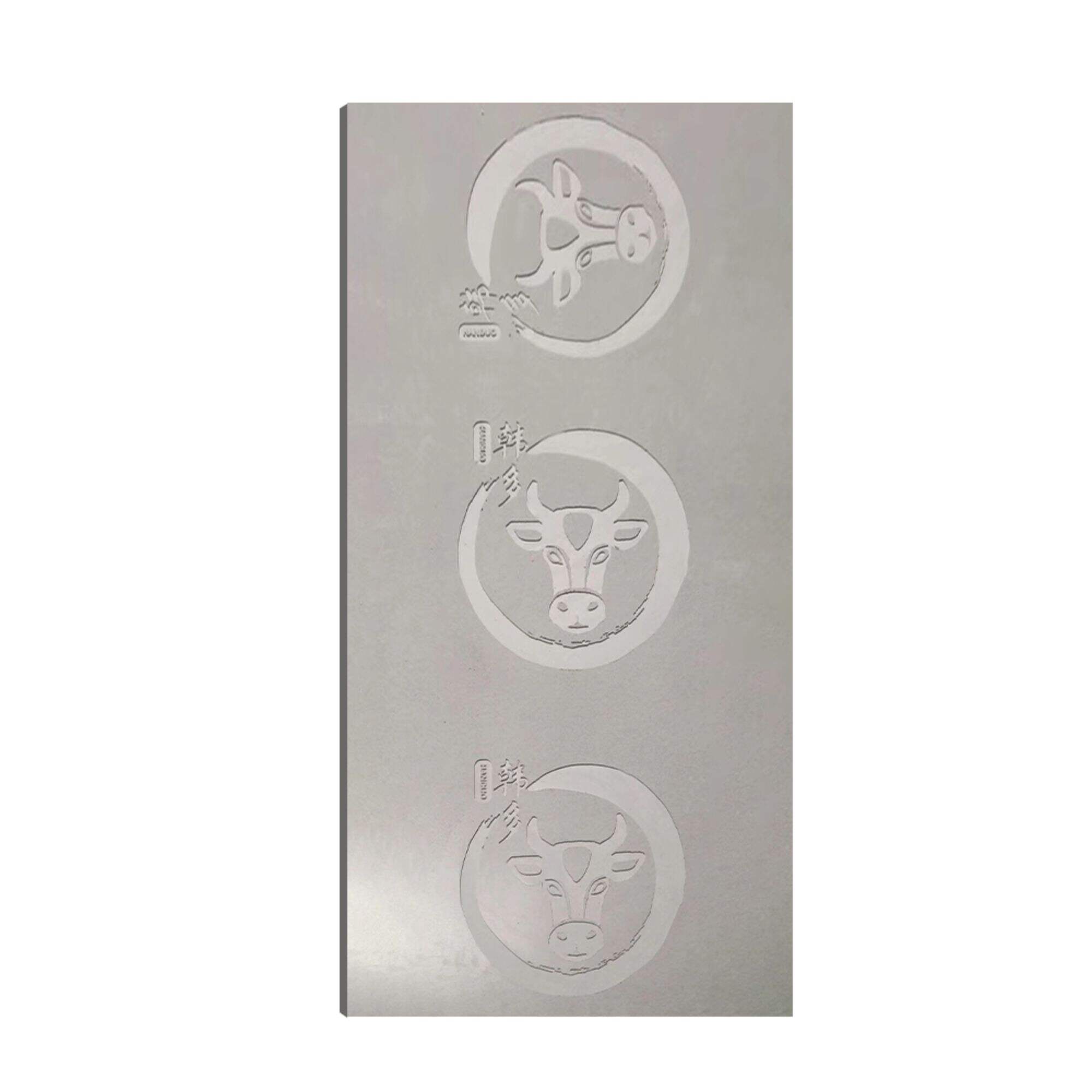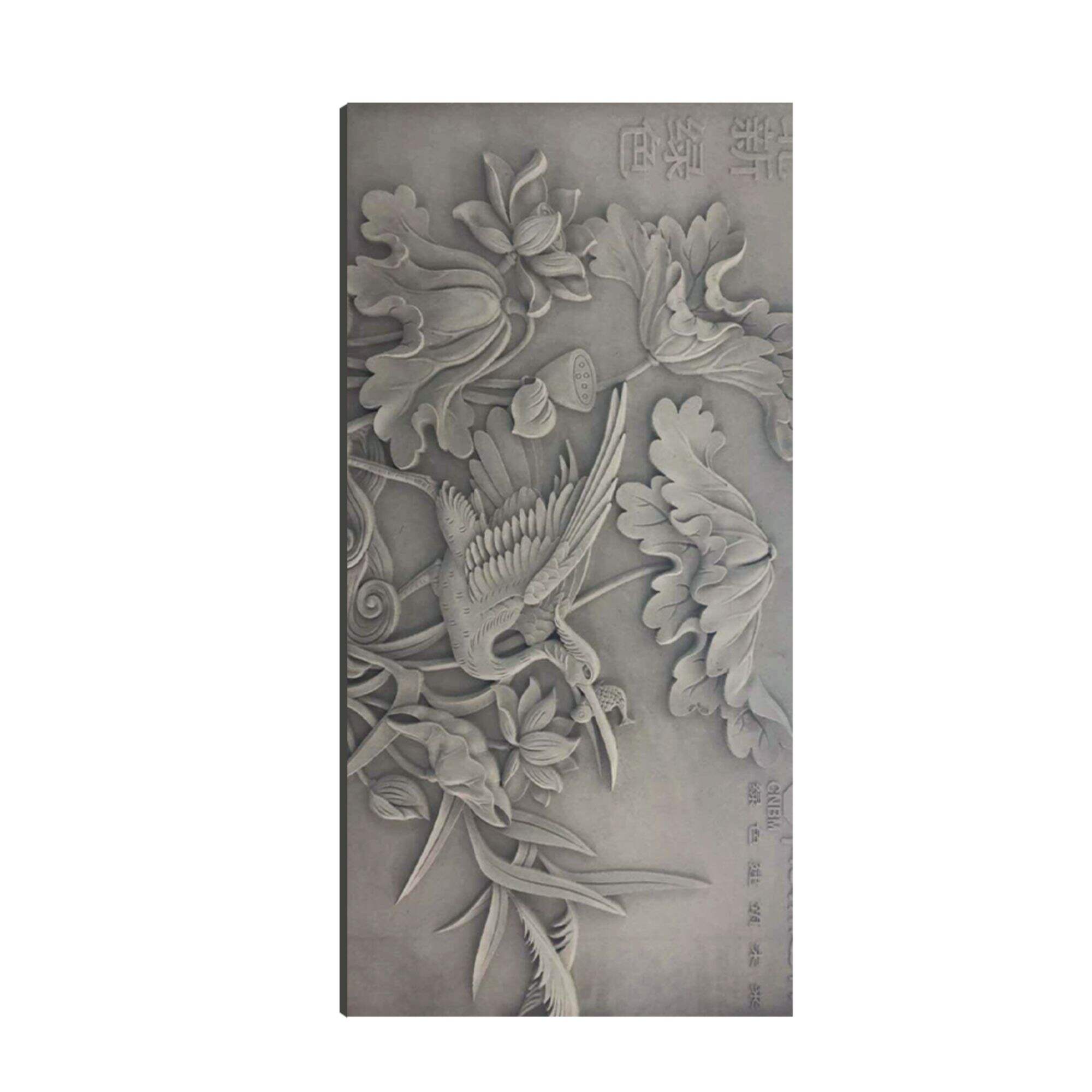Cement board panels are a unique type of construction material. These are cement constructed panels, so, as you’ve guessed, it’s tough as hell and will last a hell of a long time. So what’s the deal with cement board panels and why are they all the rage in modern construction?
Cement board panels are made out of a mix of cement, fibers and other materials. That means they are very strong and resistant to water, which is important for construction materials. The panels are flat and thin, so you can handle them easily and hang them. They are available in a range of sizes and thicknesses to suit various building projects.
There are plenty of great reasons to work with cement board panels in construction. One major reason is its power and longevity. These panels can handle heavy things and are weather resistant which makes them good for outdoor use. They are fire-resistant, so they help protect buildings, too.
Another reason for choosing cement board panels is that they are flexible. They can be used in a variety of ways, with outside walls and floors and even countertops flooding Pinterest as people get creative. This has made them the darling of architects and designers who like materials that are good for more than one thing.

Cement board panels are considered relatively good for the environment since they are made by combining 31% of already-recycled content (things like the dust that falls off of the pulverized limestone and waste material from the production of the paper used to make the cement board itself) with natural materials such as cement and fiber. These materials are all available in abundance and are therefore a sustainable option for new construction.

Plus, these cement board panels are really tough and they last for years. This will also help cut down on waste because they won’t have to be replaced frequently. They are also fully recyclable, which makes them an intelligent decision for builders and designers.

To maintain and clean cement board panels, it is necessary that they are kept clean and free of dirt. Cleaning the panels with mild soap and water in normal use also can help keep them looking nice. It’s also important to inspect for damage, such as cracks or chips, and fix them promptly to avoid escalated problems.